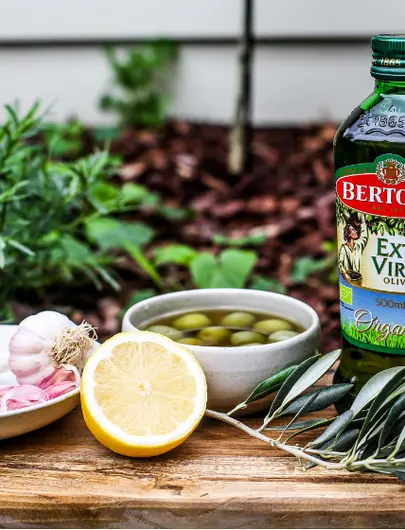The cooking oil debate continues, so we thought we’d share what we currently know about cooking oils to help you choose wisely.
Here are some things to consider when it comes to cooking oils…
The types of fats in the oil
Upon exposure to high heat, fats and oils can undergo damage, forming several potentially harmful compounds in the process. For this reason, it is best to stick to a cooking oil with
- A high smoke point – so that the fats inherent to the oil are less likely to break down into smoke, which is when the undesirable compounds are produced.
- Oxidative stability: a cooking oil with oxidative stability is one that doesn’t oxidise or react with oxygen and go rancid (bad) in the process. Oxidised oils contain unstable and undesirable compounds that are the opposite of health-promoting (this is why ‘antioxidants’ are all the rage, they fight oxidants).
So which cooking oils have both a high smoke point and oxidative stability? Those which are rich in either monounsaturated fats (like olive oil), or saturated fats (like coconut oil) – both of which are highly heat-resistant due to their molecular structure. Oils rich in polyunsaturated fats however - that’s all your vegetable oils (like sunflower and canola) – have a structure that causes them to oxidise easily when exposed to heat.
Processing methods
Just like refined carbohydrates, refined cooking oils – AKA vegetable/canola/sunflower oil, refined coconut oil, or ‘light’ or ‘extra light’ olive oil - lack nutritional value due to being so highly processed under high heat and pressure, sometimes with the addition of chemicals. These processing methods serve the purpose of deodorising and neutralising the flavour of a particular oil, be it canola, sunflower or olive oil. Any goodness inherent to the oil – such as antioxidant-rich vitamin E in olive oil may be destroyed in the process.
Unrefined cooking oil, on the other hand, has been exposed to minimal or zero heat when extracted from the plant. An example is extra virgin olive oil, where the oil has been extracted mechanically (typically with a centrifuge) from the olive fruit, and without chemicals and heat. This explains why extra virgin olive oil has such a bold flavour (almost fruity and slightly bitter) and colour compared to tasteless light (refined) olive oil.
Antioxidant content
An antioxidant-rich cooking oil can help prevent the fats in the oil from oxidising and developing undesirable compounds when exposed to high heat. Extra virgin olive oil is one of the star ingredients in the health-promoting, cardioprotective Mediterranean diet, is an excellent source of vitamin E, a powerful antioxidant.
Bertolli’s Extra Virgin Olive Oil is our current go-to – we love the well-rounded flavour which works a treat on roast chicken and veggies, and in dense, wholesome gluten free baked goods…yum!
Find Bertolli's Extra Virgin Olive Oil in this month GoodnessMe Box

